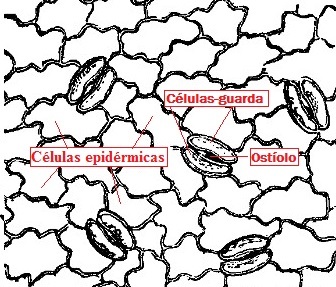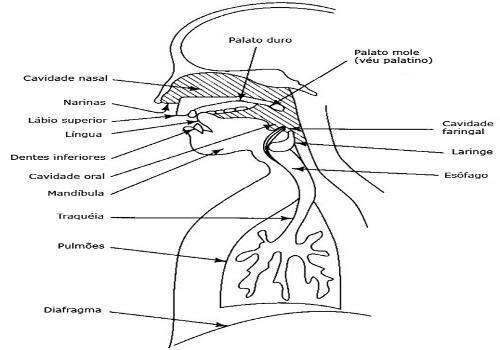THE vegetable epidermis it is normally the outermost tissue of the body of a plant that is in primary growth. This tissue can be formed by one or more layers of cells, being, in the latter case, called multiple epidermis.
In the epidermis, in addition to the basic epidermal cells, other structures are found, such as the by absorbents, trichomes and stomata. These, in turn, are normally found in the aerial parts of the plant, mainly in the sheets, and are mainly related to the entry and exit of gases, including water vapor. The stomata are, therefore, directly associated with the process of photosynthesis.
The stomata can be arranged on both sides of the leaf or on just one of them. When they are found on both sides, we say that we are facing a amphistomatic sheet. When they are found only on the abaxial (inferior) face, we say that the leaf is hypostomatic. But when they are present only on the adaxial (upper) face, the leaves are called epistemic. The latter case is common in aquatic plants that have floating leaves.
Usually the stomata are arranged randomly on a leaf, however, in some species they form bands. This pattern is observed in some species of monocots and in some conifers. The number of stomata varies greatly from species to species and also between individuals of the same species. Climatic variations and plant habitat are directly related to the amount of these structures.

Note the layout of the leaf epidermis with its basic epidermal cells and guard cells
Stomatous is a word derived from the Greek stoma, which means mouth. This name comes from the fact that its appearance, with an opening in the center, resembles this organ. A stomata is formed by two specialized cells, the guard cells, which delimit an opening, the ostiole. This communicates with an intercellular space located just below the epidermis which is known as substomatic chamber (look at the figure). Guard cells, which are the only epidermal cells with chloroplasts, are kidney-shaped and, in some species of monocots, dumbbell-shaped.

Note the diagram of a cross section of a leaf where it is possible to see the stoma and its stomatal chamber
In some plants, we find other cells surrounding the guard cells. These are called subsidiary cells and, depending on how they are arranged, they give the stoma a different classification. There are four basic types of stomata, which are classified according to disposition and presence or absence of subsidiary cells, they are: anomocytic, anisocytic, paracytic and diacytic.
You anomocytic stomata are those that do not have subsidiary cells. You anisocytic stomata are those that have three subsidiary cells of different sizes surrounding them. You paracytic stomata, in turn, are those that have two subsidiary cells with their major axes arranged parallel to that of the guard cells. Finally, we have the diacytic stomata, which, unlike the paracytic, have their subsidiary cells arranged perpendicularly.
By Ma. Vanessa dos Santos
Source: Brazil School - https://brasilescola.uol.com.br/biologia/celulas-guardas.htm


